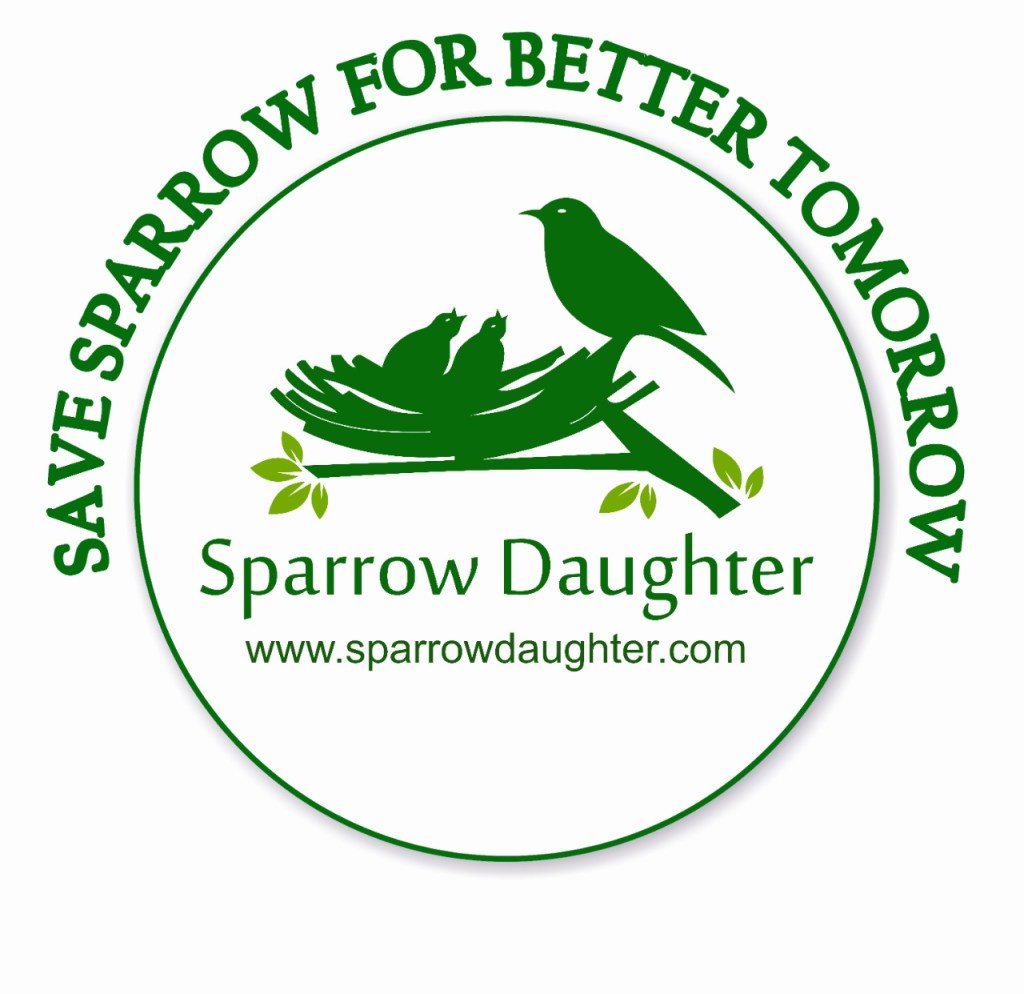Sparrows are a common sight in many parts of the world, and they are loved by many for their cheerful chirping and bustling energy. However, their numbers have been declining in recent years, and climate change is a significant factor in this decline. In this blog, we will explore the impact of temperature and weather patterns on sparrows, and what we can do to help these beloved birds.
The Vulnerability of Sparrows to Temperature Changes
Sparrow Birds are highly adaptable birds that can thrive in a wide range of environments. However, despite their adaptability, sparrows are vulnerable to changes in temperature caused by climate change. Rising temperatures can have a significant impact on their survival, as sparrows are not well-equipped to cope with extreme heat. One way that rising temperatures can affect sparrows is by reducing their food supply.
Sparrows primarily feed on insects and seeds, and as temperatures rise, many insects will become less abundant or disappear altogether. This can lead to food shortages for sparrows, making it more difficult for them to survive and reproduce. Additionally, extreme heat can be harmful to sparrows’ health, particularly if they are exposed to it for long periods. High temperatures can cause dehydration, heat exhaustion, and even death, especially if the birds are unable to find shade or water.
The Impact of Weather Patterns on Sparrows
In addition to rising temperatures, changes in weather patterns caused by climate change can also impact sparrows. More frequent and severe storms can destroy the birds’ nests and habitat, making it difficult for them to breed and raise their young. Similarly, droughts and other extreme weather events can reduce the availability of water and food, further reducing the birds’ chances of survival.
How We Can Help Sparrows in the Face of Climate Change
There are several ways that we can help sparrows in the face of climate change. Providing suitable habitat is one of the most important things we can do. This means planting native plants, leaving areas of bare ground for dust bathing and foraging, and providing nest boxes. By creating suitable habitat, we can help ensure that sparrow birds have a place to live and raise their young.
1. Provide habitat
One of the most important things we can do to help sparrows is to provide them with suitable habitat. This means planting native plants, leaving areas of bare ground for dust bathing and foraging, and providing nest boxes.
2. Reduce pesticide use
Pesticides are harmful to insects, which are a critical food source for sparrows. By reducing pesticide use, we can help ensure that sparrow birds have a steady supply of food.
3. Install bird baths
During hot weather, sparrows need access to water to drink and bathe. Installing a bird bath can help ensure that they have access to clean water, which is essential for their survival.
4. Reduce greenhouse gas emissions
Ultimately, the most effective way to help sparrows and other birds threatened by climate change is to reduce greenhouse gas emissions. This means supporting policies and practices that prioritise renewable energy, energy efficiency, and other measures to reduce our carbon footprint.
The Benefits of Birdhouses for Sparrows
Bird houses, also known as nest boxes or birdhouses, can provide a solution for sparrows struggling to find suitable habitats in the face of climate change. Providing birdhouses for sparrows can create safe and secure nesting sites, protecting them from predators and extreme weather events. Furthermore, bird house for sparrows can be placed in cooler areas with shade, providing relief from extreme heat.
The Role of Leather House for Sparrows
Leather houses, a type of birdhouse made from leather, are an increasingly popular option for sparrow bird nesting. They provide a unique and environmentally-friendly alternative to traditional wooden birdhouses, offering a sustainable and natural alternative that sparrows find attractive. Leather houses are durable and long-lasting, with a lifespan of up to 10 years, providing a safe and secure nesting site for sparrows year after year.
How to Install Bird House for Sparrows
Installing birdhouses for sparrows is an easy and effective way to help these beloved birds thrive in the face of climate change. To install a birdhouse for sparrows, you need to select an appropriate location, typically a tree or a pole, and ensure that it is at least 6 feet off the ground. It is important to avoid areas with heavy foot traffic or where pets may pose a threat to the birds. Finally, fill the birdhouse with nesting material, such as twigs, grass, and feathers, and let the sparrows do the rest!
Conclusion
In conclusion, sparrows are beloved birds that play an essential role in our ecosystems. However, their populations are declining due to climate change, which is affecting their food supply, health, and habitat. By taking steps to provide suitable habitat, reduce pesticide use, install bird baths, and reduce greenhouse gas emissions, we can help protect these birds and ensure that they continue to thrive for generations to come.

